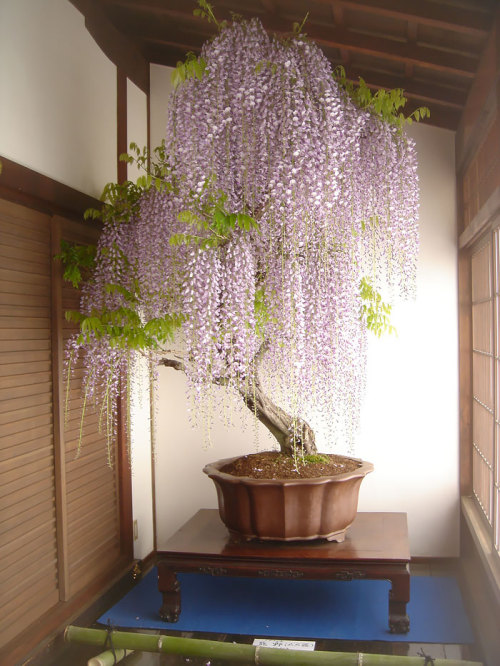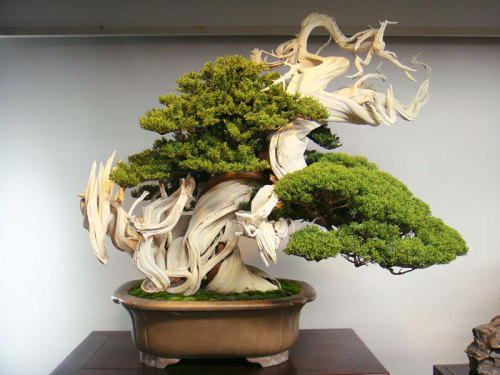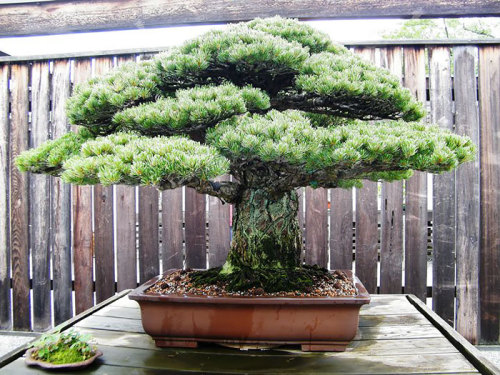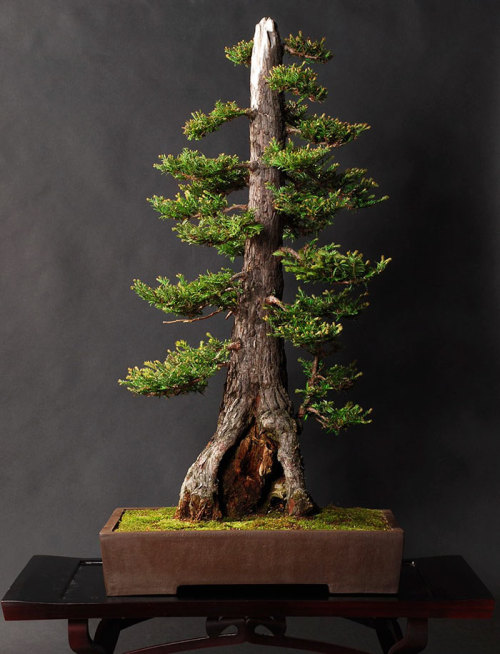The Great Conjunction Of Jupiter And Saturn
The Great Conjunction of Jupiter and Saturn

Credits: NASA/Bill Ingalls
Have you noticed two bright objects in the sky getting closer together with each passing night? It’s Jupiter and Saturn doing a planetary dance that will result in the Great Conjunction on Dec. 21. On that day, Jupiter and Saturn will be right next to each other in the sky – the closest they have appeared in nearly 400 years!
Skywatching Tips from NASA

Credits: NASA/JPL-Caltech
For those who would like to see this phenomenon for themselves, here’s what to do:
Find a spot with an unobstructed view of the sky, such as a field or park. Jupiter and Saturn are bright, so they can be seen even from most cities.
An hour after sunset, look to the southwestern sky. Jupiter will look like a bright star and be easily visible. Saturn will be slightly fainter and will appear slightly above and to the left of Jupiter until December 21, when Jupiter will overtake it and they will reverse positions in the sky.
The planets can be seen with the unaided eye, but if you have binoculars or a small telescope, you may be able to see Jupiter’s four large moons orbiting the giant planet.
How to Photograph the Conjunction

Credits: NASA/Bill Dunford
Saturn and Jupiter are easy to see without special equipment, and can be photographed easily on DSLR cameras and many cell phone cameras. Here are a few tips and tricks:
These planets are visible in the early evening, and you’ll have about 1-2 hours from when they are visible, to when they set. A photo from the same location can look completely different just an hour later!
Using a tripod will help you hold your camera steady while taking longer exposures. If you don’t have a tripod, brace your camera against something – a tree, a fence, or a car can all serve as a tripod for a several-second exposure.
The crescent Moon will pass near Jupiter and Saturn a few days before the conjunction. Take advantage of it in your composition!
Get more tips HERE.
Still have questions about the Great Conjunction?
Our NASA expert answered questions from social media on an episode of NASA Science Live on Thursday, Dec. 17. Watch the recording HERE.
Make sure to follow us on Tumblr for your regular dose of space: http://nasa.tumblr.com.
More Posts from Ritasakano and Others

@maejemison fist black woman in space and principle of the 100 Year Starship Project. #WomeninScienceBook #scientificliteracy #happyblackhistorymonth #blackhistoryshouldbecelebratedallyearlong
Bonsai!!










The Most Beautiful Bonsai Trees Ever.






Hitachi Seaside Park, Japan.

Mitosis vs meiosis comparison? There’s a GIF for that. (⌐■_■)
Be sure to check out all our science GIFs here for your studyblrs, teacher websites, presentations, or general amusement! Just please keep our name on there and don’t sell them! :D
“Pauta do Congresso agora é vingança contra MP e Judiciário”, diz procurador - O Antagonista





Over geological timescales – on the order of millions of years – even hard substances like rock can flow like a fluid. Heat from the Earth’s core drives convection inside our mantle, and that fluid motion ultimately drives the plate tectonics we experience here at the surface. But most other planetary bodies, including those with mantle convection similar to ours, don’t have a surface that shifts like our tectonic plates. Mars and Venus, for example, have solid, unmoving surfaces. The images above provide a peek at what goes on beneath. The upper image shows a simulation of mantle convection inside Mars over millions of years. The lower image is a timelapse of dye convecting through a layer of glucose syrup being heated from below. Notice how both examples show evidence of convective cells and plumes that help circulate warm fluid up and colder fluid downward. (Image credit: Mars simulation - C. Hüttig et al, source; N. Tosi et al., source; submitted by Nicola T.)
The Good Book!!!
https://www.youtube.com/watch?v=epSzKZBkVG4&feature=share
-
 occultvault reblogged this · 2 months ago
occultvault reblogged this · 2 months ago -
 gcomuvmethuaten liked this · 1 year ago
gcomuvmethuaten liked this · 1 year ago -
 samdavidparker liked this · 2 years ago
samdavidparker liked this · 2 years ago -
 jpmuzz liked this · 2 years ago
jpmuzz liked this · 2 years ago -
 1i1iver liked this · 2 years ago
1i1iver liked this · 2 years ago -
 mathvenger liked this · 2 years ago
mathvenger liked this · 2 years ago -
 gigijenga liked this · 2 years ago
gigijenga liked this · 2 years ago -
 welten-wellen reblogged this · 3 years ago
welten-wellen reblogged this · 3 years ago -
 aquariuspearl14 liked this · 3 years ago
aquariuspearl14 liked this · 3 years ago -
 sophia-crystalis liked this · 3 years ago
sophia-crystalis liked this · 3 years ago -
 astrecho liked this · 3 years ago
astrecho liked this · 3 years ago -
 echoghost1 reblogged this · 3 years ago
echoghost1 reblogged this · 3 years ago -
 echoghost1 liked this · 3 years ago
echoghost1 liked this · 3 years ago -
 reblogsum-2 liked this · 3 years ago
reblogsum-2 liked this · 3 years ago -
 cernunnos1990 liked this · 3 years ago
cernunnos1990 liked this · 3 years ago
